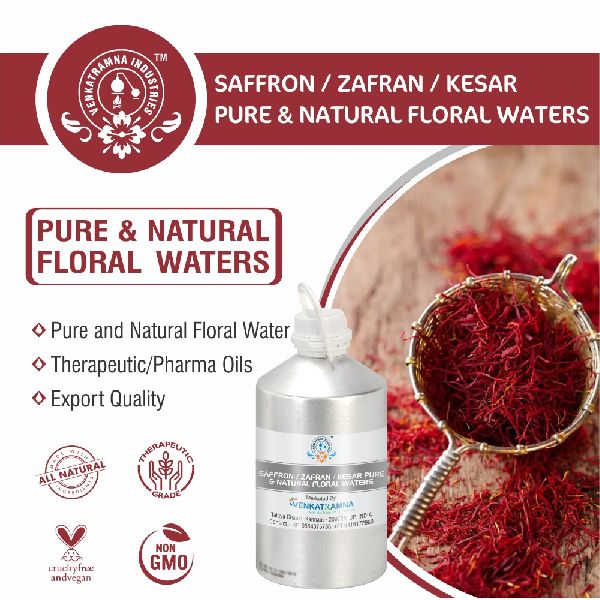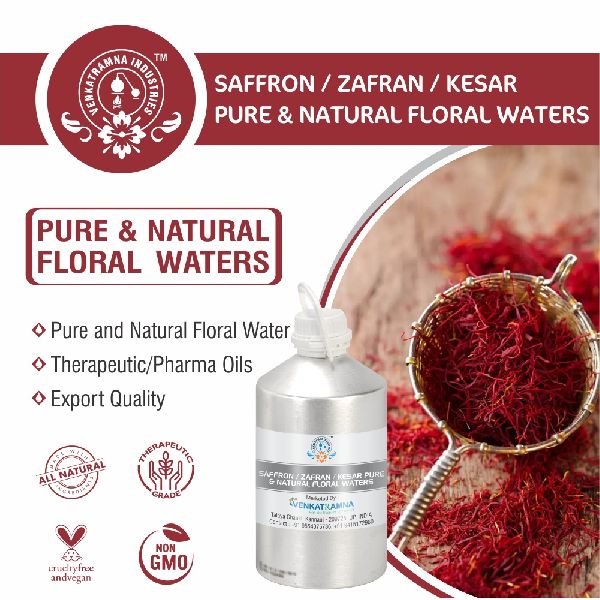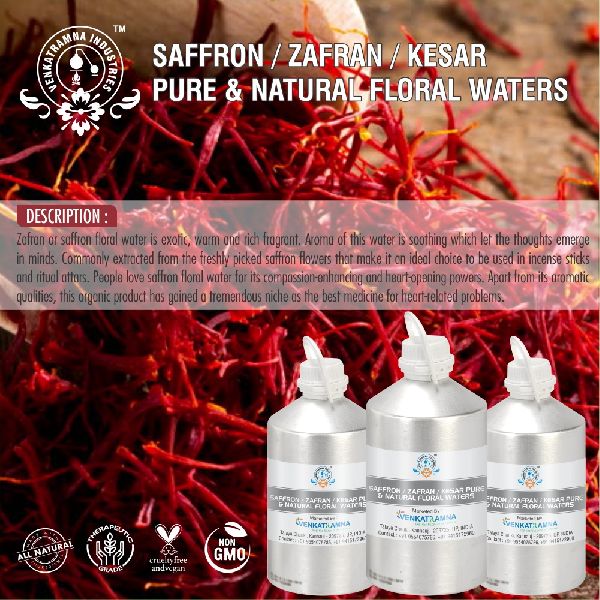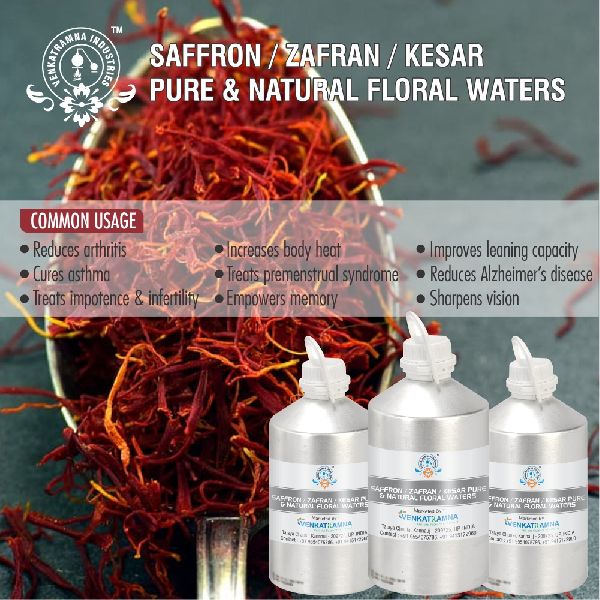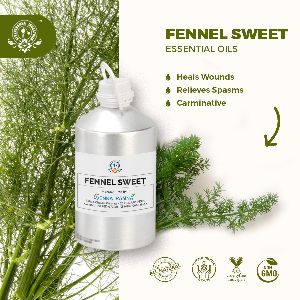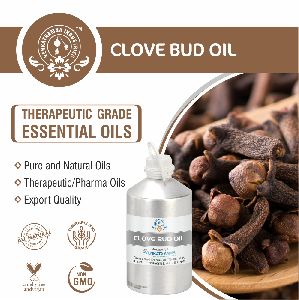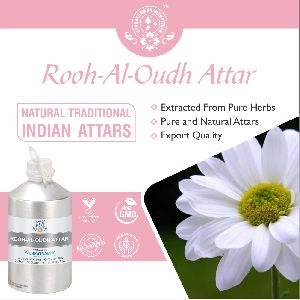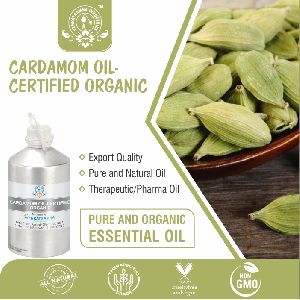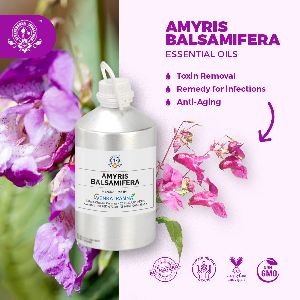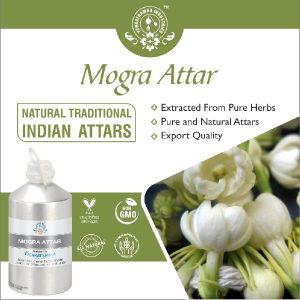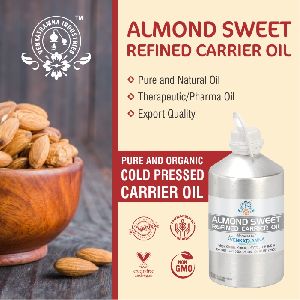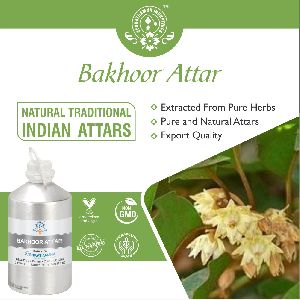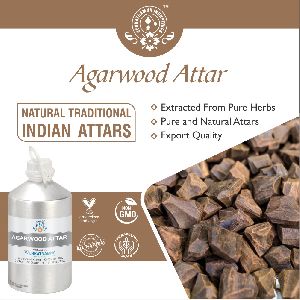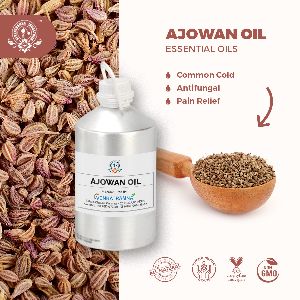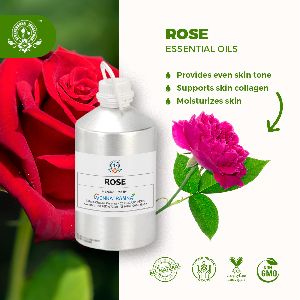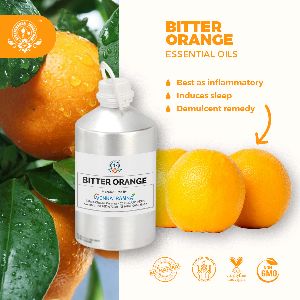Indra Nagar, Kanpur, Uttar Pradesh - GST No. 09AVOPS2676K1ZN
- Send SMS
- Send Email
Saffron Pure Floral Water
| Business Type | Manufacturer, Exporter, Supplier, Retailer, Wholesaler |
| Botanical Name | Crocus Sativus L. |
| Common name | Saffron, Kesar |
| Plant family | Iridaceae |
| Click to view more | |
Preferred Buyer From
| Location | Worldwide |
Product Details
Floral water is obtained by the same process as the essential oil, namely by steam distillation of water.The flowers are crossed by water-steam. Once it is released from the container, the steam, which is enriched by the essential oil contained by the plants, is condensed in a coil that has been kept in cold.The recovered fluid is composed by essential oil and water: The floral water is the water naturally enriched by traces of essential oils (about 0.1%).The floral water concentration will be expressed as a percentage. A floral water at 50% means that 50 kg of dry plants were required to produce 100 kg of floral water.
Saffron (Crocus sativus L.), a member of the Iridaceae family, is a sterile triploid geophyte plant. Saffron is adapted to arid and semiarid regions and naturally has an annual life cycle, but it is cultivated as a perennial crop by controlling its corm growth. It is important to study the crucial factors affecting mother corm formation and growth due to their special role on the dried stigma yield of saffron.
Saffron (Crocus sativus L.) is used as a coloring and flavoring agent in food preparation as well as in perfumes and cosmetics. The main components of saffron stigmas are carotenoids (crocetin, crocins, α-carotene, lycopene, zeaxanthin), monoterpene aldehydes (picrocrocin and safranal), monoterpenoids (crocusatines), isophorones, and flavonoids. Crocins and crocetin are saffron coloring agents, while the unique aroma of saffron is related to safranal. Additionally, saffron has been employed for many purposes in traditional medicine, and therefore the pharmacological activities of saffron and its constituents have been extensively studied.
Intended Benefits/Uses or Properties
- Also known as hydrosols, floral waters are actually a by-product of the steam distillation process used to capture essential oils. During a normal essential oil distillation process, the steam containing the oils is cooled to turn it into water, and the essential oils floating on top are skimmed off and bottled. The remaining water is considered floral water! Any floral water contains water, water-soluble components of the plant, and trace amounts of the essential oil. This unique composition lends each floral water a full spectrum of the essence and properties of the botanical material from which it was derived. Though they are most often called floral waters, hydrosols can be produced from any plant matter like herbs, needles, leaves, woods, barks, and seeds.
- Floral waters have many valuable uses in beauty, skincare, haircare, and household products. At Venkatramna Industries, we offer wide range of floral waters for a variety of product applications. They can be sold as pure floral waters to be used as sprays and spritzers, or they can be strategically blended with other ingredients to create versatile consumer products.

